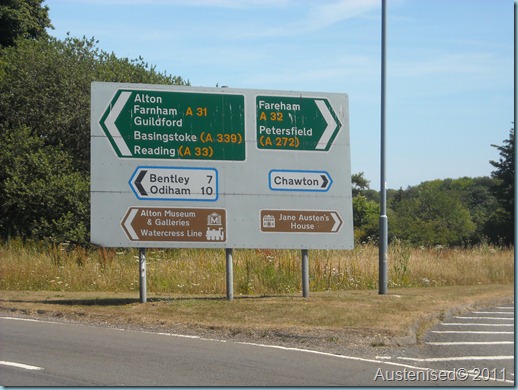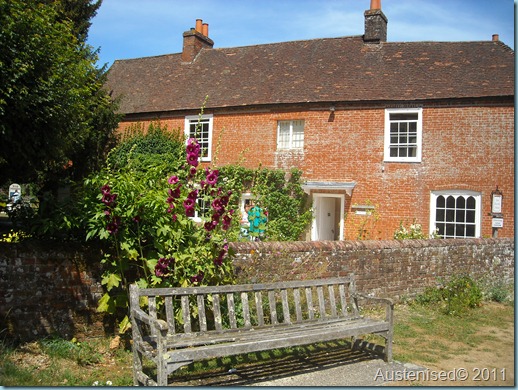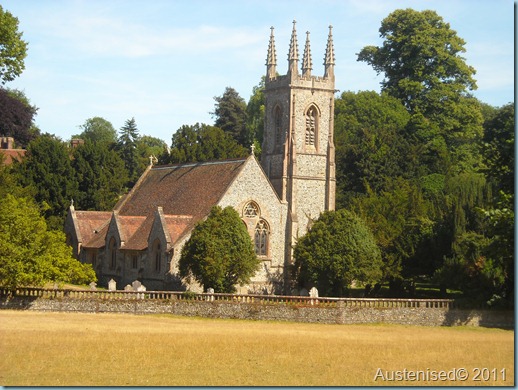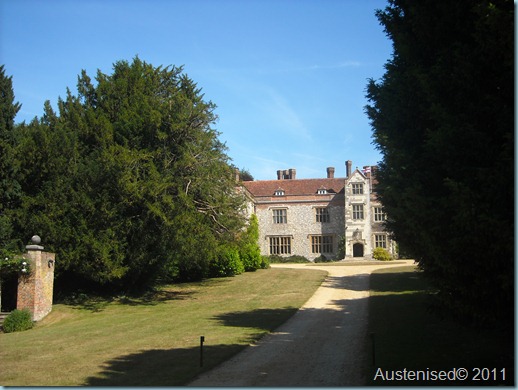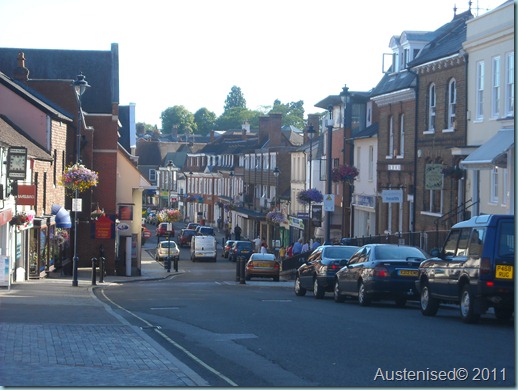** Disturbing post alert! Not for the faint-hearted! **
As I was watching Sense and Sensibility 1995, I noticed something peculiar about the scene where the ailing Marianne is on her sickbed and gets treated by a physician. In fact, I never noticed this detail before until my husband pointed it out to me.
As part of Marianne’s treatment, the doctor uses bleeding (or blood-letting) to release blood from her body. While bleeding is not mentioned in the novel, this detail from the film prompted me to look into the history of this peculiar treatment to find out if it could indeed have formed part of Marianne’s treatment in the novel.
I found out that, a common remedy for any illness at Jane Austen’s time, bleeding could have happened in real life. Many doctors and laypeople alike in the Georgian and Regency eras, well into the Victorian times, believed that blood-letting would release the ‘bad blood’ from the system and remove the cause of the illness – whatever the illness may have been.
Image from http://to.pbs.org/jGHjNM.
Bleeding was done by opening a vein with a small knife and letting the blood run until the doctor thought that enough blood had been released. The method was highly unscientific, as there was no standard amount for the blood to be let, depending on the whim of the surgeon, barber or layperson handling the patient.
Thumb Lancet Used for Bloodletting. Image from Wikispaces.
It was also common to use leeches and the cupping method to release blood from the body. Interestingly, as Linda Robinson-Walker mentions in her article, blood-letting was used among Jane Austen’s family, too, to heal various illnesses and ailments. Jane’s father, Rev. George Austen, was cupped during his last illness in 1805. Her mother, on the other hand, had her blood drawn by leeches in 1813. Jane’s brother, Henry Austen, also had forty ounces of blood taken over two days in 1815.
Image from http://bit.ly/kMP70L.
In her letters, Jane Austen mentions various remedies and, for example, tells Cassandra on 23 June 1814 that “we [at Chawton] had handsome presents from the Gt. House yesterday – a ham and the four leeches”. Now what a delightful gift those must have made!
While blood-letting did occasionally relieve pain, it could not be considered a valid method of medical treatment by modern standards, as the risks involved would be much higher than the possible advantages. At the time when medical knowledge and expertise was limited and much in the hands of superstition, blood-letting must have functioned as a sort of a placebo medicine, occasionally resulting in disastrous results, with patients dying from the loss of blood.
To all of us Austenites, here’s another reason to delight in the joys of modern medicine. If you ever wish that you’d lived during Jane Austen’s lifetime, think again – you wouldn’t want to get ill!
References and further reading:
R.W. Chapman, ed. (1932) Jane Austen’s Letters to her Sister Cassandra and Others. Oxford University Press.
Kloester, J. (2008) Georgette Heyer’s Regency World. Arrow Books.
On illness in the Austen family:
Robinson-Walker, L. “Jane Austen’s Death: The Long Reach of Typhus?” Persuasions, Vol 31: JASNA.
On the history of blood-letting: http://www.cardiologytoday.com





